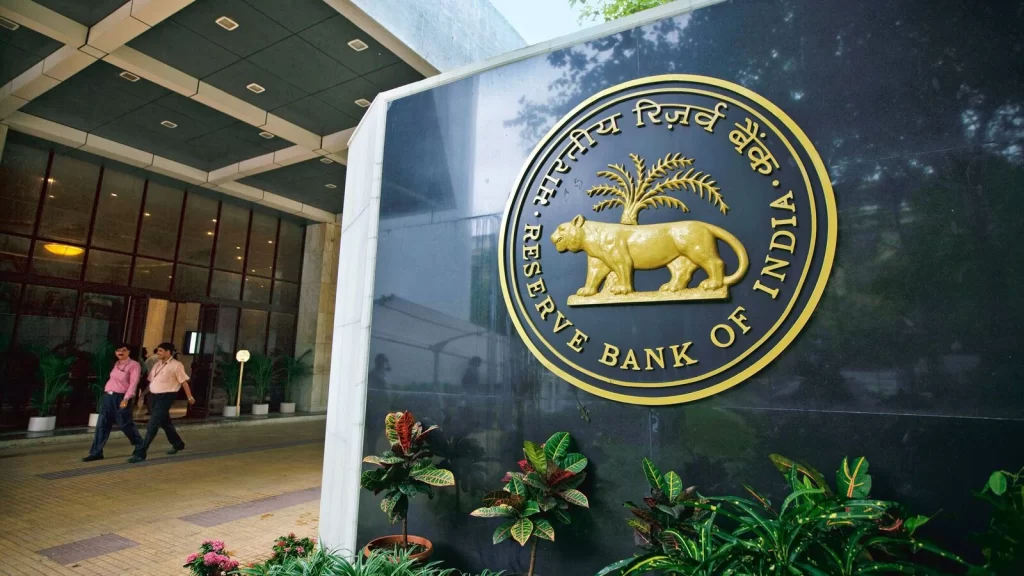In a bold move aimed at revitalizing economic momentum, the Reserve Bank of India (RBI) delivered a surprise 50-basis-point interest rate cut, surpassing market expectations. The decision, announced during the Monetary Policy Committee (MPC) meeting, reflects the central bank’s commitment to fostering growth amid global economic uncertainties and domestic demand concerns.
The benchmark repo rate now stands at 5.75%, down from the previous 6.25%, marking the largest rate reduction since the onset of the COVID-19 pandemic. Analysts had widely anticipated a moderate cut of 25 basis points; however, the RBI’s unexpected 50-point move signaled a stronger-than-expected policy intervention to support the Indian economy.
RBI Governor Shaktikanta Das stated that the decision was driven by softening inflationary pressures and a need to ensure adequate liquidity in the banking system. “With headline inflation well within the target range and growth remaining uneven, the MPC judged that a more decisive policy stance was necessary,” Das explained during the press briefing.
The central bank also revised its GDP growth forecast for the fiscal year upward, citing improved rural demand, stable energy prices, and a promising monsoon outlook. The new projection stands at 7.2%, up from the earlier estimate of 6.8%. Additionally, consumer inflation is expected to remain within the RBI’s target range of 2-6%, giving policymakers more room for maneuver.
Market Reaction and Expert Insights:
Markets responded positively to the announcement, with the BSE Sensex climbing over 400 points and the Nifty 50 rising above 100 points in intraday trading. The banking sector led the rally, with investors anticipating improved credit growth and profitability.
Economists welcomed the move as a proactive step. “The RBI’s outsized rate cut demonstrates that they are prioritizing growth without losing sight of inflation management,” said Radhika Rao, Senior Economist at DBS Bank. “It’s also a clear message to the markets that the RBI is willing to take bold action when needed.”
However, some analysts cautioned that continued monetary easing must be complemented by fiscal discipline and structural reforms to sustain long-term growth. Concerns were also raised about potential risks of overheating certain asset markets, particularly real estate and equities.
Global and Domestic Context:
The RBI’s decision comes amid a global environment marked by high interest rates in advanced economies, banking stress in select Western markets, and geopolitical tensions affecting trade and capital flows. Domestically, while headline inflation has moderated, core inflation and food prices remain areas of vigilance.
The RBI maintained its “accommodative” policy stance, indicating that further rate actions would be data-driven. Liquidity measures, including open market operations and support to small financial institutions, are also expected to continue in the short term.
Conclusion:
The Reserve Bank of India’s surprising 50-basis-point rate cut underscores a clear shift in focus towards supporting economic growth while maintaining price stability. With inflation under control and growth projections improving, the RBI’s bold monetary stance could offer a significant boost to business confidence, credit uptake, and overall economic momentum in the months ahead. As always, the central bank’s balancing act between growth and inflation will remain under close scrutiny.



